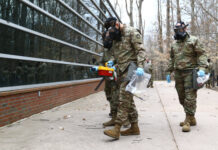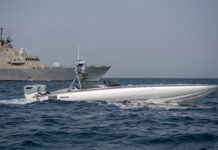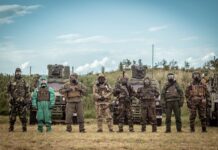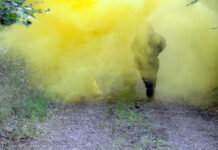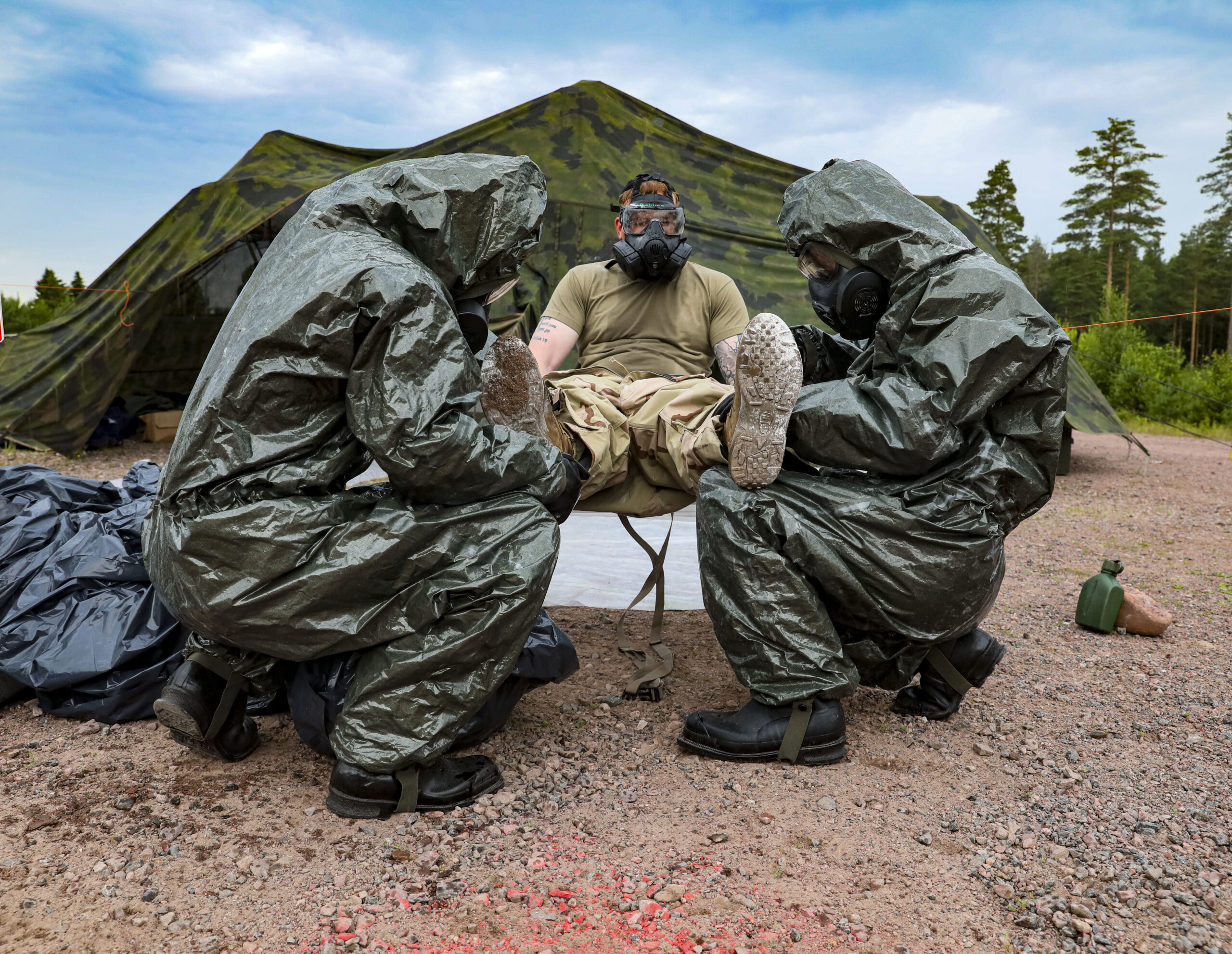
Finland and CBRN Defence
Dan Kaszeta
As Europe’s geopolitical landscape shifts, Finland stands out not just for bringing crucial conventional capabilities to the NATO alliance, but also as a key player in mitigating chemical, biological, radiological, and nuclear (CBRN) threats, with a comprehensive network of military, civil, and industrial capabilities in this sphere.
NATO’s new member in the far north, Finland, spent decades being somewhat ignored in European defence. For decades, defence issues in Finland did not get much coverage in the West, aside from the perennial presence of Finns in UN peacekeeping operations. With the accession of Finland (along with its neighbour Sweden) to the North Atlantic alliance, there have been awakenings. Finland is keenly aware of the threat posed by its Russian neighbour, both directly and collectively to the EU, of which it is a member. The rest of Europe is awakening to the fact that, with Sweden and Finland now in NATO, the Baltic Sea is practically a NATO lake and that the alliance has now added over 1,300 km of land frontier with Russia.
Far from being a liability that needs to be defended, the addition of Finland brings massive capability to the West. Finland operates on a national mobilisation scheme whereby much of the population does military service and serves as reservists, supporting a smaller but highly professional regular cadre. It can put nearly 300,000 troops into the field if a national mobilisation is declared. Standards of training and equipment are very high and there is a national culture of supporting defence. Brave and skilled resistance to Soviet invasion in the 1939-1940 Winter War is part of the national memory. Finland practices a ‘total defence’ strategy and is prepared to make any invader (and, geopolitically, there’s only one realistic candidate) pay dearly for every inch of Finland. Yet how well does Finland take CBRN threats into consideration? Fairly well, as it turns out.
Finnish Defence Forces and CBRN
The Finnish Army is equipped and trained to modern European military CBRN standards. The foremost battlefield threat in the CBRN spectrum is likely to be chemical attack, and Finland’s cool climate mitigates that threat substantially for much of the year, as many chemical threats become solids at low temperature, with little tactical use. However, the ethos of total defence does not permit the threat to be relegated, so CBRN equipment and training permeates both the active and reserve forces to a degree better than many other militaries. Training and equipment at the individual troop level is generally good, and CBRN officers and NCOs are of a high standard in NATO. Accession to NATO has not meant that Finland needed to come up to standard in CBRN; rather, its accession has likely raised the NATO average.
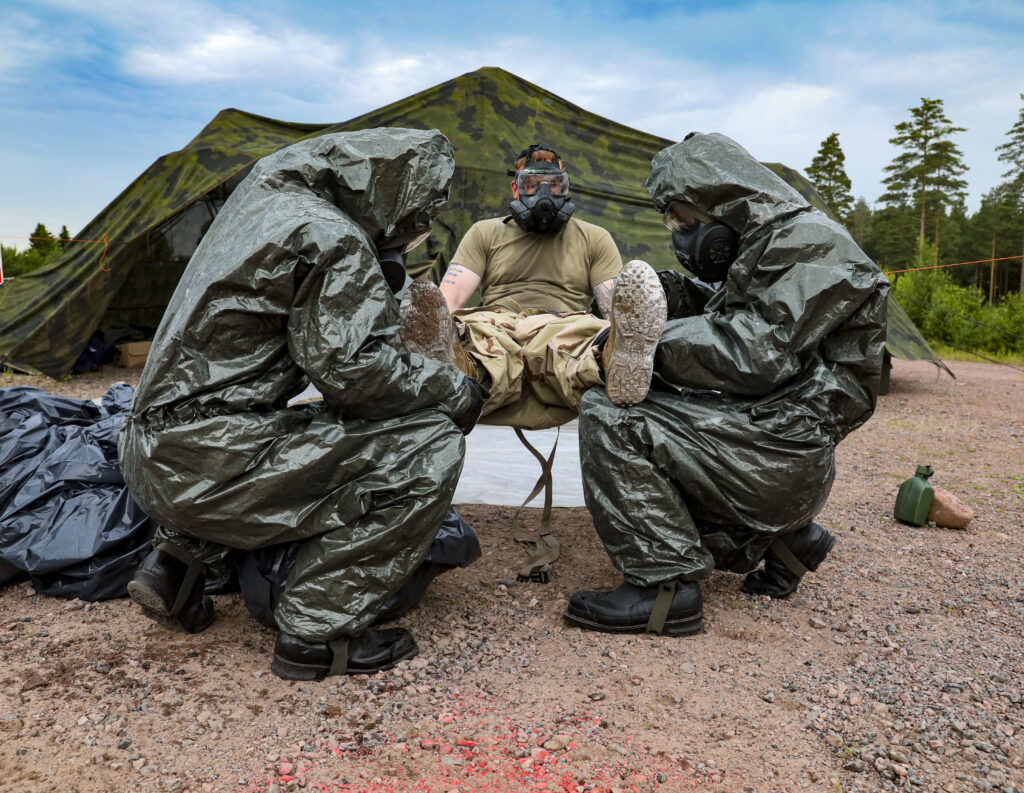
Finnish CBRN defence capability is routinely demonstrated in national and international exercises. Long before joining NATO, Finland was part of NATO’s Partnership for Peace and frequent observer at and occasional participant in multilateral CBRN exercises over the years. In recent years, Finland has hosted the RECCEX series of Nordic military exercises with Sweden, Norway, and Denmark. These have had a strong CBRN component Finnish CBRN elements have been present at NATO exercises. For example, Finnish CBRN specialists were at the Precise Response 20204 NATO CBRN exercise in Canada.
Civil resilience and CBRN threats
The Finnish military CBRN posture is part of a broader national context. Finland’s ‘total defence’ strategy is not just a military defensive strategy; it is a broad over-arching framework that embeds crisis management into public institutions. The same frameworks that can mobilise the country for war can also mobilise for civil response. The Finns have made it national policy to consider CBRN threats. A national CBRNE policy was announced in 2017 by the Finnish Ministry of the Interior. By the standards of such things, and your correspondent has spent decades reading such documents, it is reasonably coherent and a good statement of policy. Furthermore, Finland has a deservedly good reputation for governance, so there is a high probability that sound practices have been implemented following promulgation of this national strategy document.
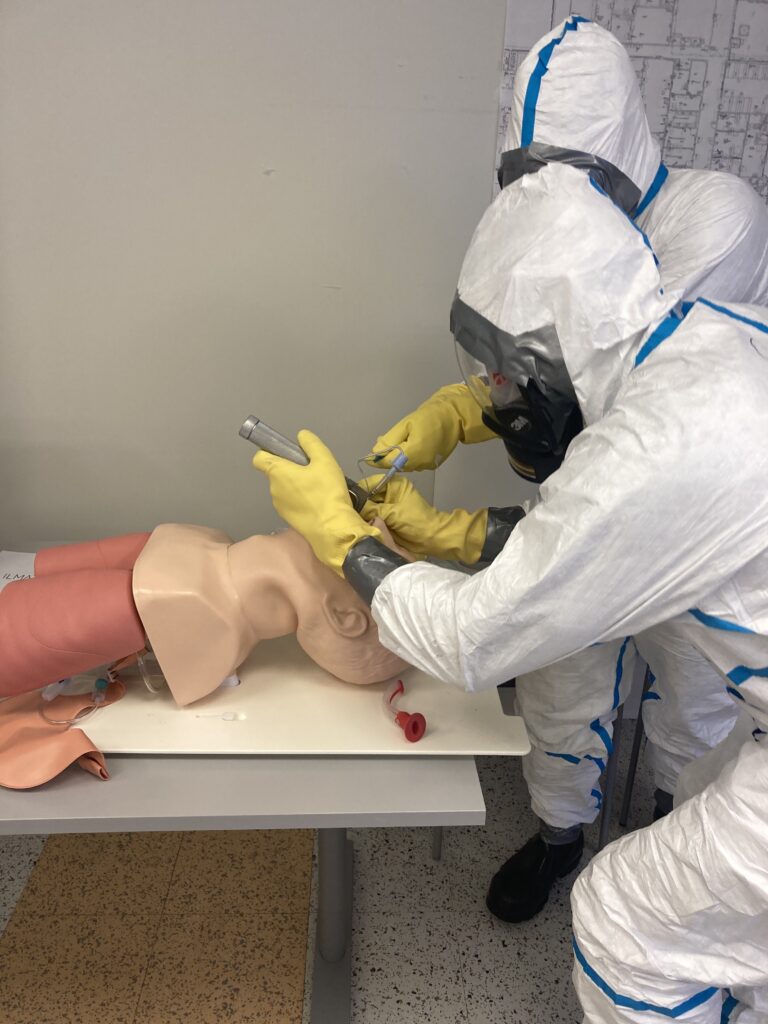
Civil CBRN response relies heavily on medical providers. Emergency medical care, at the ambulance and paramedic level and at the hospital level, is very important in response to many kinds of CBRN incidents. In April 2024, your correspondent was privileged to attend and observe civil-sector CBRN training at the FINNEM emergency medicine conference in Oulu, Finland. The training and discussions at the conference left an overall impression that CBRN scenarios are taken seriously in the medical sector, and the hospital exercise (pictured) was excellent. For example, CBRN PPE and hospital decontamination procedures were well-demonstrated. There have been significant efforts to get training, awareness, and equipment out to police, fire, and emergency medical responders across the country. In early 2024, a grant of over EUR 400,000 went to the Helsinki fire and rescue department to help preparedness efforts in Finland’s capital and largest city.
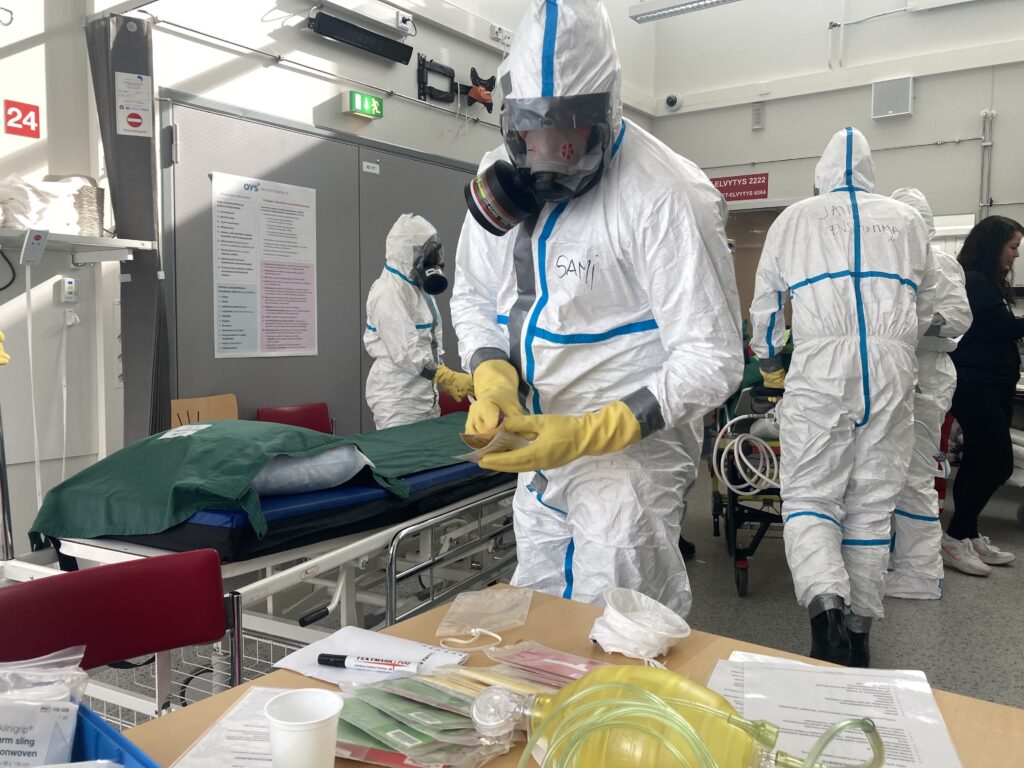
Finland and international CBRN support
Finland has other useful capabilities which have helped out in CBRN-related issues on the world stage. For example, Finland assisted the world community’s efforts to remove chemical weapons from Syria. This was based in part on the repository of knowledge at a venerable research institute. The oldest and possibly most significant of Finland’s CBRN capabilities is the chemical laboratory VERIFIN, located in Helsinki. VERIFIN’s full name in English is ‘The Finnish Institute for Verification of the Chemical Weapons Convention’, and it was spun off from the chemistry department of the University of Helsinki in the early 1990s. It is part of the Organisation for the Prohibition of Chemical Weapons (OPCW) network of laboratories and represents a gold-standard level of analytical support for investigating possible incidents of chemical weapons use. Scientists at VERIFIN have helped with a number of chemical weapons investigations. VERIFIN develops and promulgates the ‘Blue Book’, a widely-respected handbook on chemical weapons forensic procedures. The Blue Book is now into its 23rd edition. Furthermore, VERIFIN has provided training for experts from other parts of the world. As of the end of 2023, VERIFIN has provided training to 1,910 trainees from 141 countries. The bulk of these students have been from the developing world. VERIFIN is also an active participant in collaborative international research projects relevant to CBRN defence such as Horizon 2020 and Horizon Europe projects.
An example that combines both international cooperation and domestic preparedness was the Toxi-Triage Horizon 2020 project. It was led by the UK’s Loughborough University, but had three Finnish partners. The capstone was ‘Exercise Disperse’ in Mikkeli, Finland. This demonstrated numerous incident management technologies and techniques at a mass-casualty exercise of a Chlorine disaster in Mikkeli, Finland in 2019.
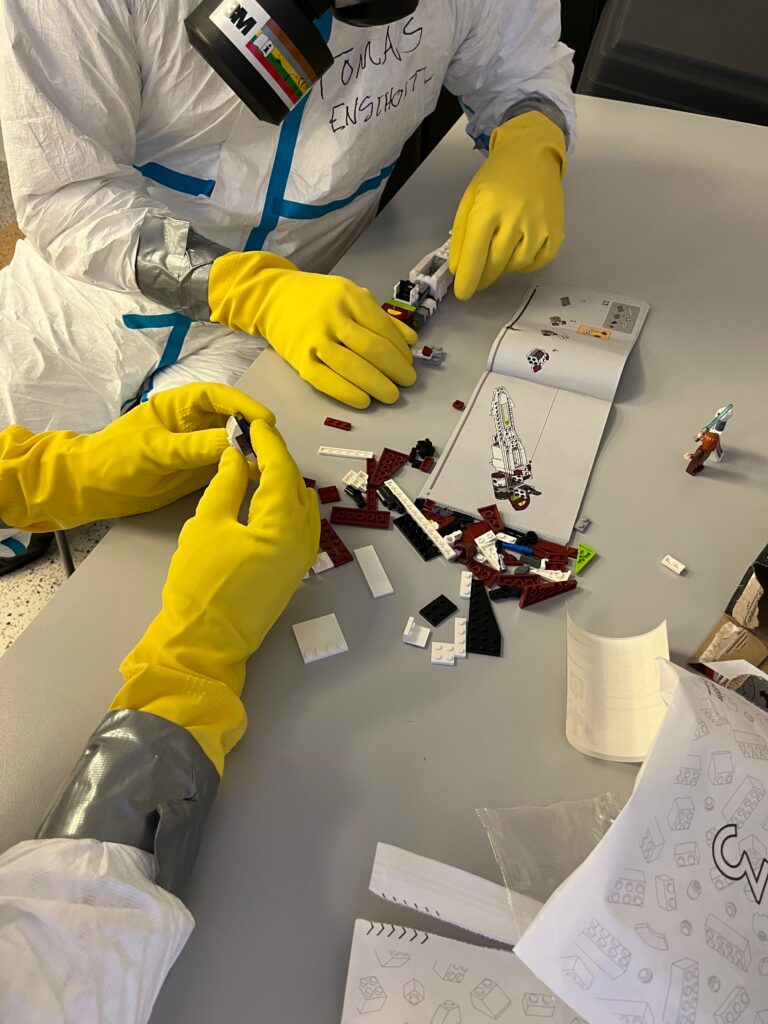
The CBRN industry in Finland
Decades of official neutrality meant that Finland devoted significant effort to development of a defence-industrial complex that was independent from both East and West in the Cold War. This spirit of independence extended to most segments of the defence market, including CBRN protection goods. Not all of this effort has survived into the modern era. For example, Nokia, famous in prior decades for mobile phones, produced the venerable M61 CBRN mask, itself a reasonable copy of the USA’s M9 mask, throughout the Cold War. However, the M61 was replaced in the 1990s by the Scott M95. In a similar vein, Kemira, the chemical firm, had previously produced mask filters. Yet now Finland buys its masks from outside Finland.
CBRN remains a niche market well served by Finland, with several Finnish companies still very active in the CBRN space. For decades, the Finnish company Environics has been a major player in chemical warfare detection, fielding a family of ionisation-based detectors. For decades, Environics has vied with its rivals Bruker Daltonics (Germany) and Smiths Detection (UK) in this competitive market segment. For decades, their ChemPro handheld chemical warfare agent detector has been a stalwart competitor in the military chemical warfare detection space. By volume, it has lost out to the Smiths Detection LCD series (which is bought by the tens of thousands of units as the US JCAD), but it is a viable competitor for second place in that market.
Environics has a fair bit of integration experience and has put its systems into naval and armoured vehicle platforms. Their ‘X-system’ is designed to put chemical, biological, and radiological detection onto naval vessels. In 2023, Environics merged with Bertin, the long-respected French CBRN company, and they are now known as Bertin-Environics. The combined company is a serious player on the European CBRN stage.
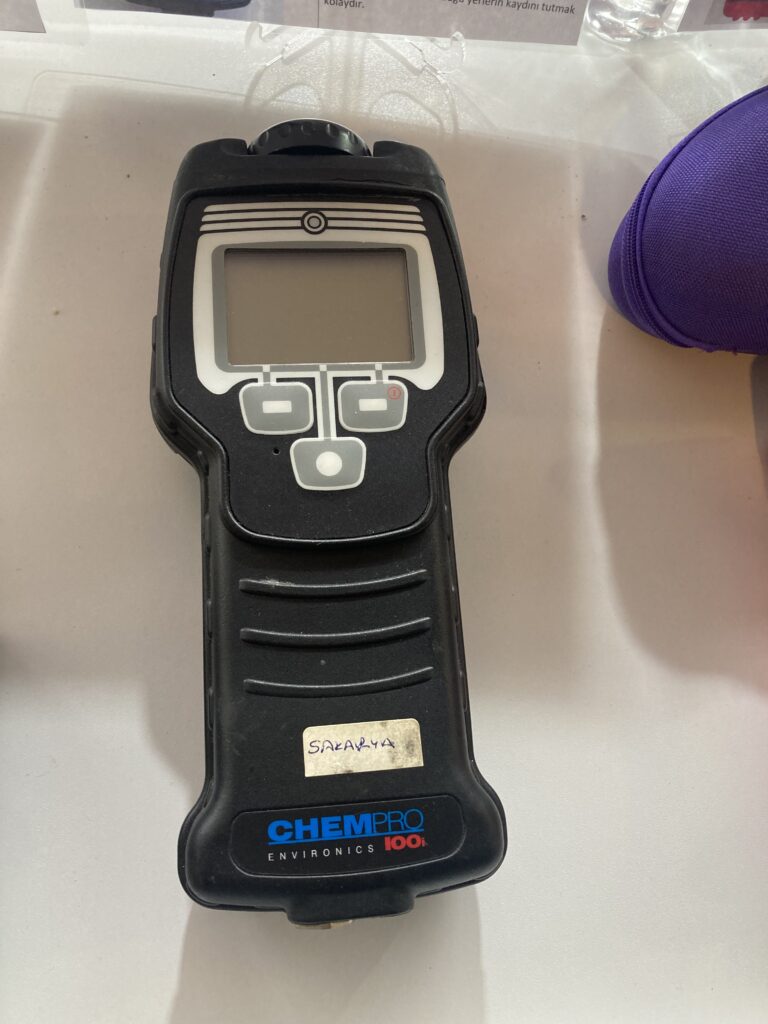
Other Finnish companies, many of which are SMEs, are also active in the CBRN space. Millog, the Finnish logistics company, provides CBRN logistics, equipment maintenance, and specialist calibration services. For example, they service protective masks made by Scott and Avon. IC2 Feenix, based in Kuopio, is active in CBRN textiles and produces items such as storage containers and patient isolation pods. The latter are designed for moving patients in CBRN situations. Gasmet produces gas and vapour analysis equipment, useful in hazardous materials incidents. Mavatech operates in the decontamination space. On a per capita basis, Finland has a robust CBRN industry.
Although it is not a CBRN company, it is nonetheless worth mentioning Patria. The largest component of Finland’s defence industry and a keen exporter of armoured vehicles, Patria wheeled APCs are in service with many countries. CBRN recce variants of Patria vehicles have been produced, and Patria has worked with CBRN industry firms to incorporate systems into Patria platforms.
The rest of the world could do far worse than to look at Finland as an exemplar in CBRN. While, like everywhere, there is certainly room for improvement, your correspondent has been looking at Finnish CBRN affairs for 15 years, and has fewer worries there than in much of the rest of the world.
Dan Kaszeta




![Nanotechnology: Threats and prospects in the CBRN sector US Airmen from the 426th Air Base Squadron conducting chemical, biological, radiological and nuclear (CBRN) training at KNM Harald Haarfagre, Stavanger, Norway, on 20 May 2025. [USAF/A1C Adam Enbal]](https://euro-sd.com/wp-content/uploads/2025/09/CBRN-Norway_USAFA1C-Adam-Enbal-Kopie-218x150.jpg)
![Danish acquisition programmes Danish soldiers training in Kangerlussuaq, Greenland, during June 2025. [Forsvaret/Rebekka Gimm]](https://euro-sd.com/wp-content/uploads/2025/07/Danish-Soldiers-in-Greenland-Kopie-218x150.jpg)
